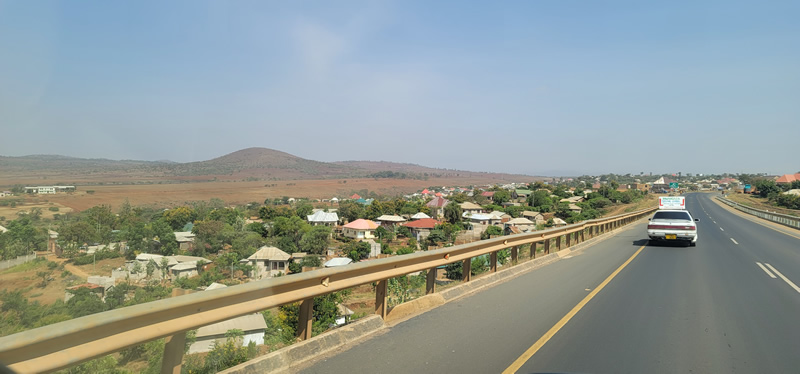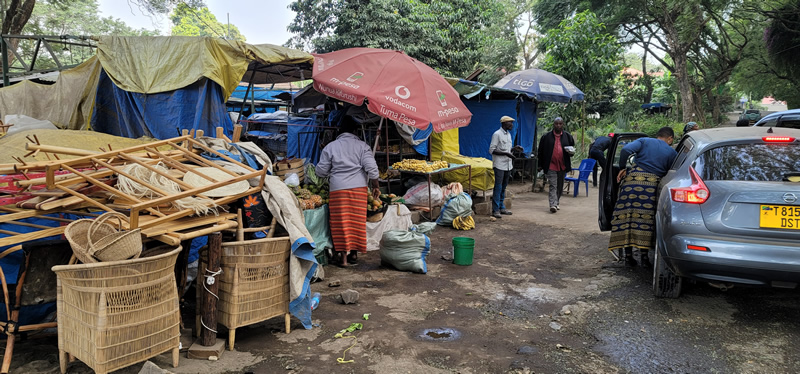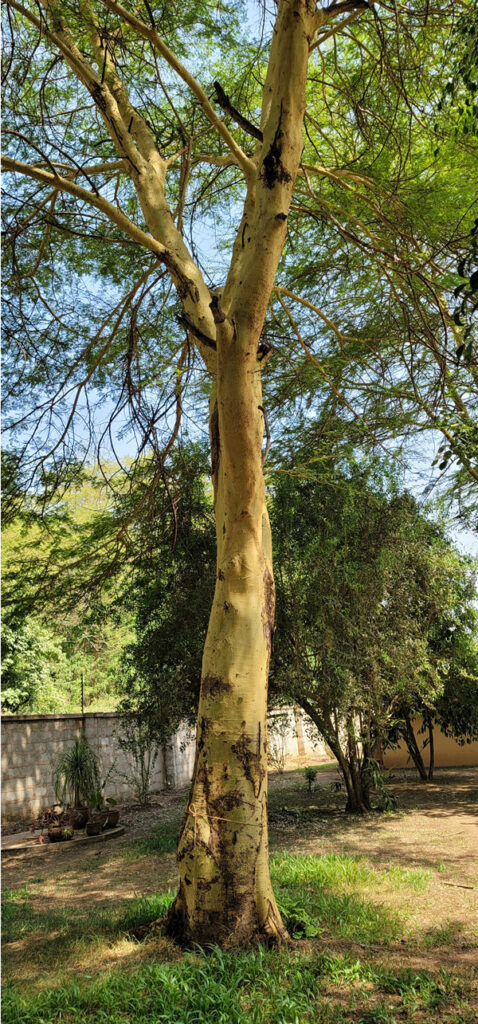Tanzania February 23rd



Yellow Fever Trees usually grow alongside rivers and marshes as the like swampy soil. The soil around Olasiti Village is black cotton and will hold the water after the rains so there were a lot of these trees around.
For the early pioneers to East Africa malaria was a huge problem responsible for the deaths of many. They learned that if you camped near these trees you could get a high fever, and because malaria attacks the kidneys, your body and eyes got a yellow hue. Because of this sickness was called Yellow Fever and they blames the trees for it and called them Yellow Fever Trees.
The reality was that the trees grew near swampy areas were ideal breeding grounds for mosquitos who were the real carriers.
If left untreated, Yellow Fever turned into Blackwater Fever as the kidneys deteriorated discharging blood into the urine turning it black.
It was discovered that Quinine was very effective in treating Malaria but was extremely bitter and only available as a powder. You could wrap it in paper to make a tablet and swallow it that way or put it in water and drink it diluted to reduce the bitter taste. As was want in those days, anything that was supposedly good for you was called a “Tonic”. The old snake oil salesmen had Tonics for everything, but this one actually worked.
Gin was invented in Holland and became a big hit as it was cheap and had a sweet taste to it compared to other liquors of the time. Cases of Gin were shipped to the colonies an Africa as it became just as popular there.
Some genius discovered that if you added a good amount of Gin to the Quinine Tonic it didn’t taste half bad and a Gin and Tonic became a popular drink as it is today and Tonic still uses Quinine to give it it’s bitter taste
